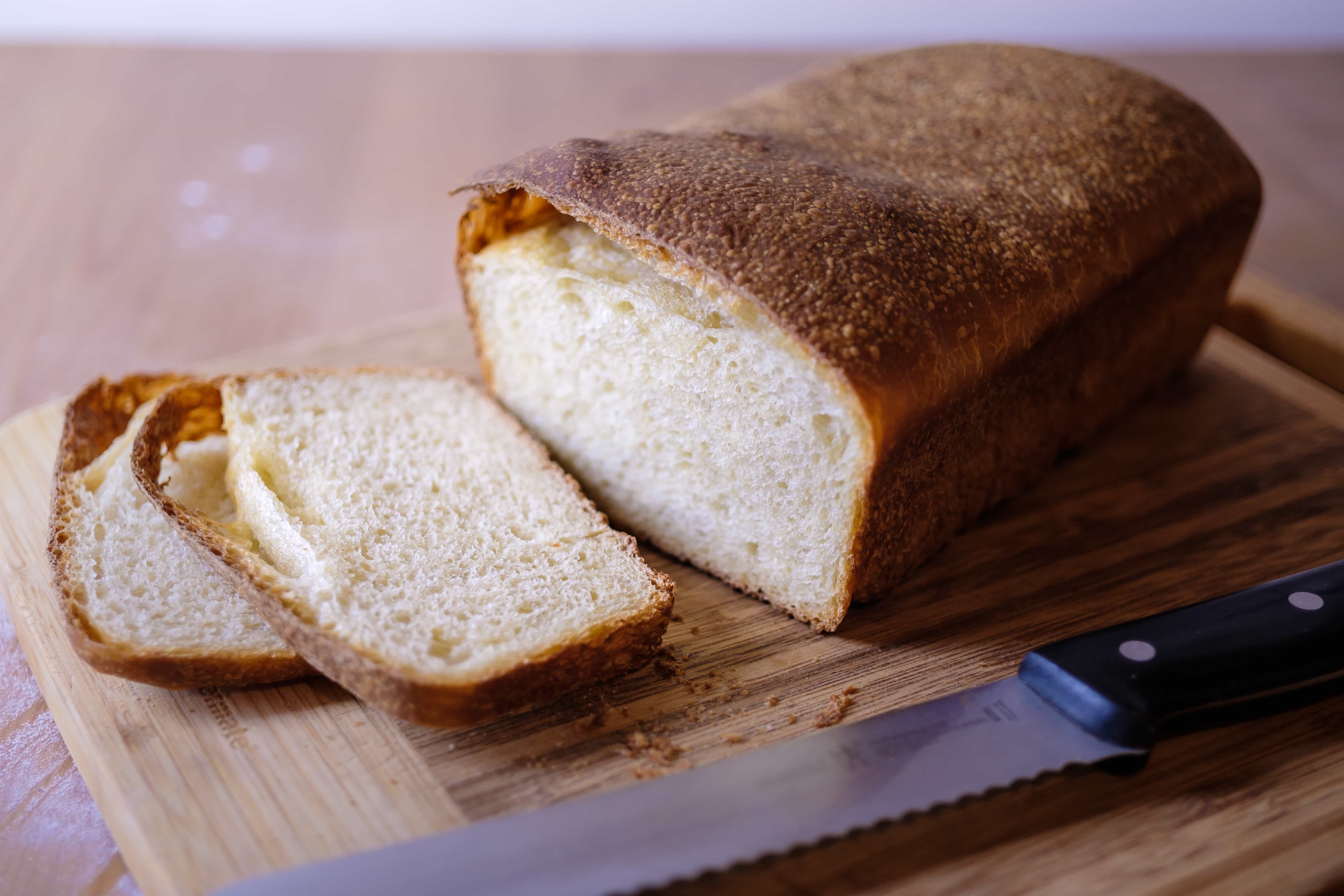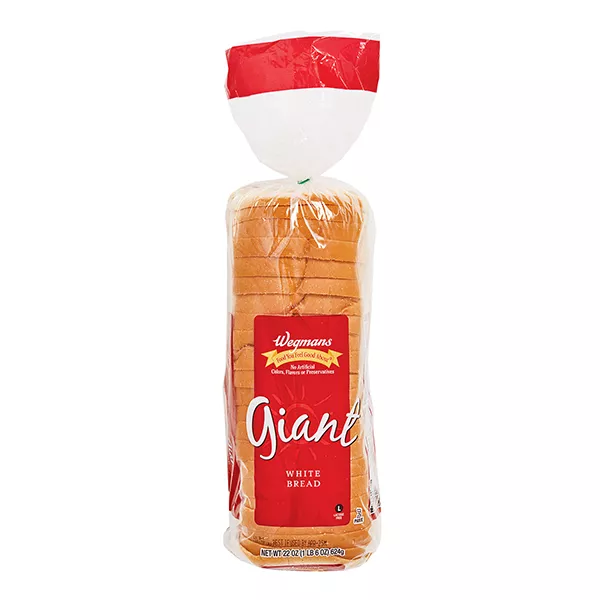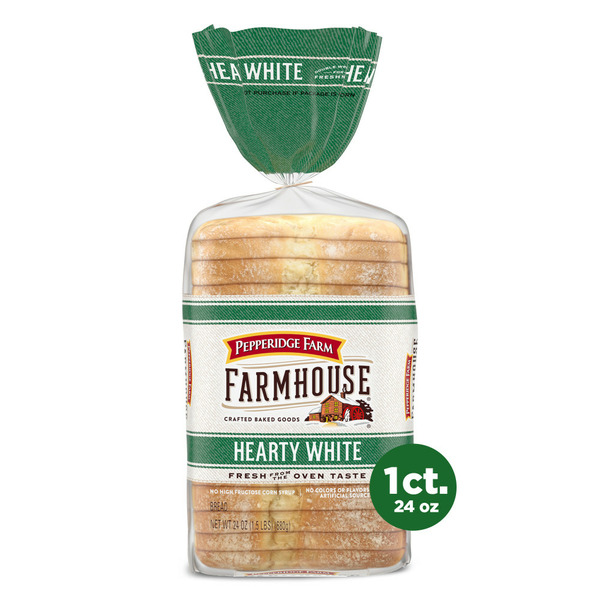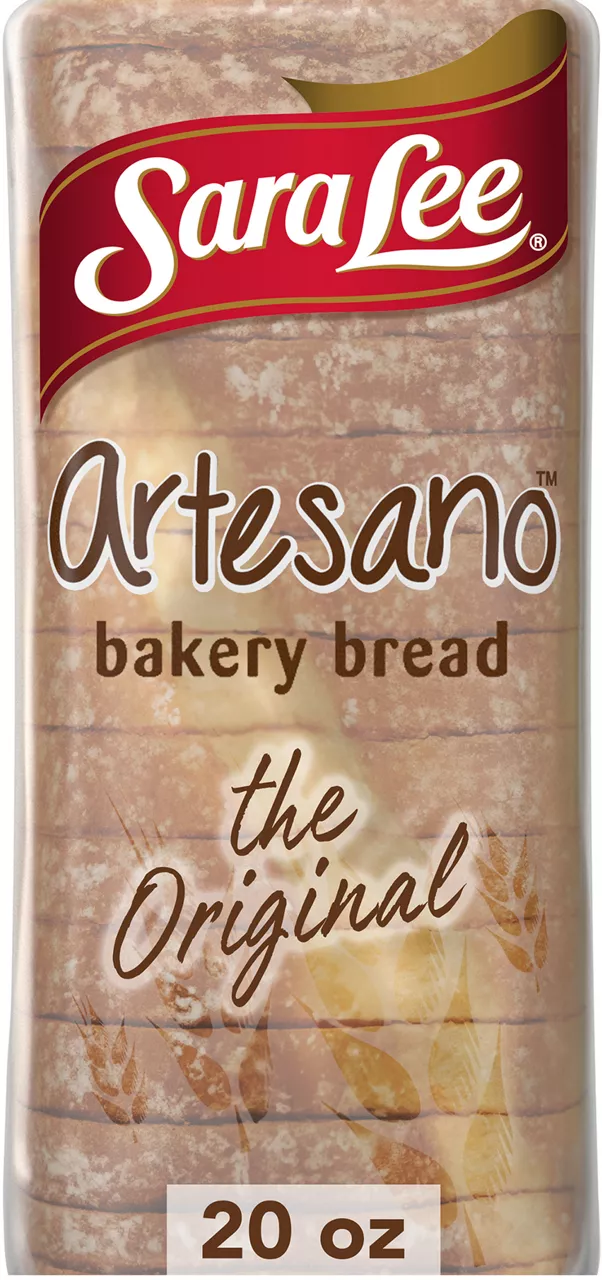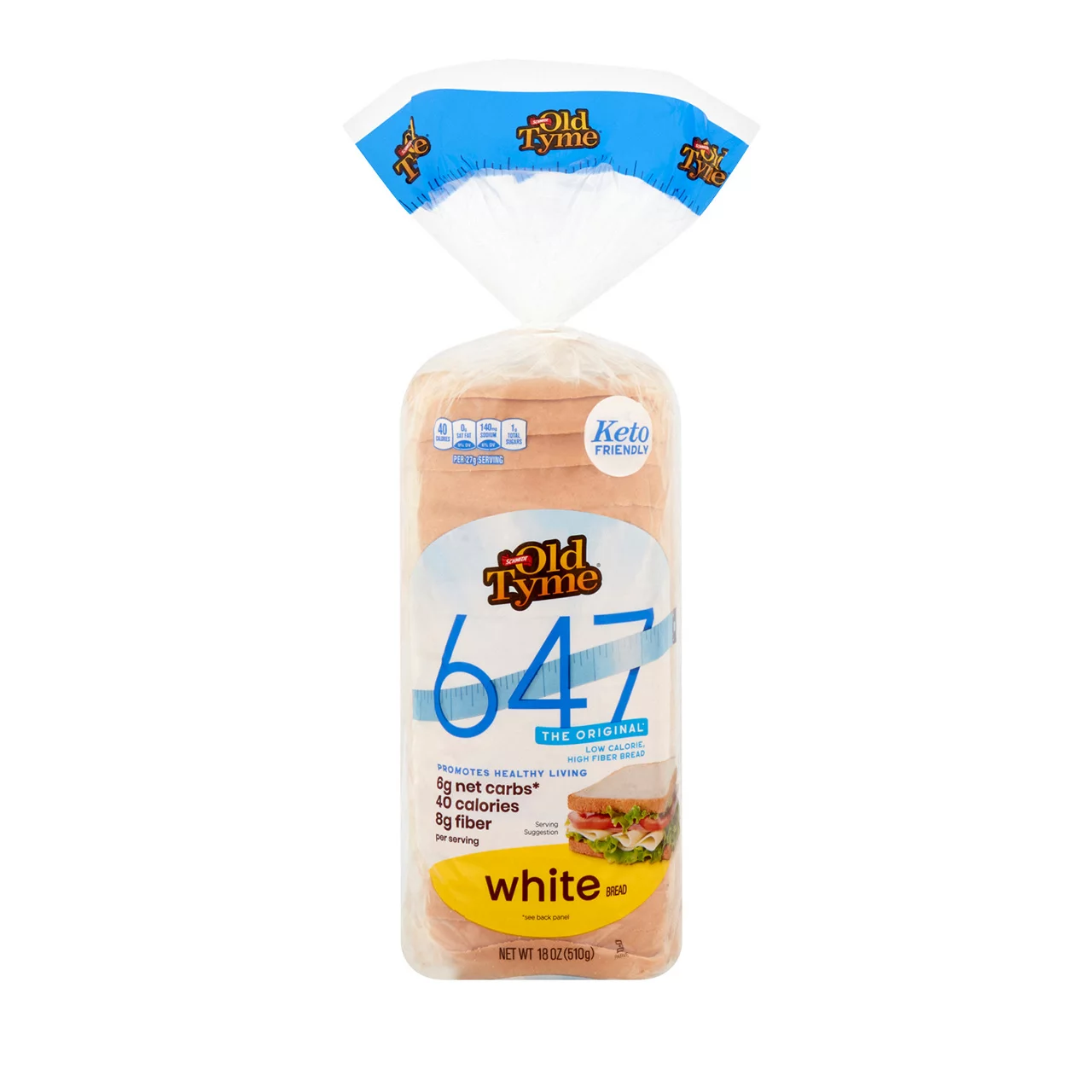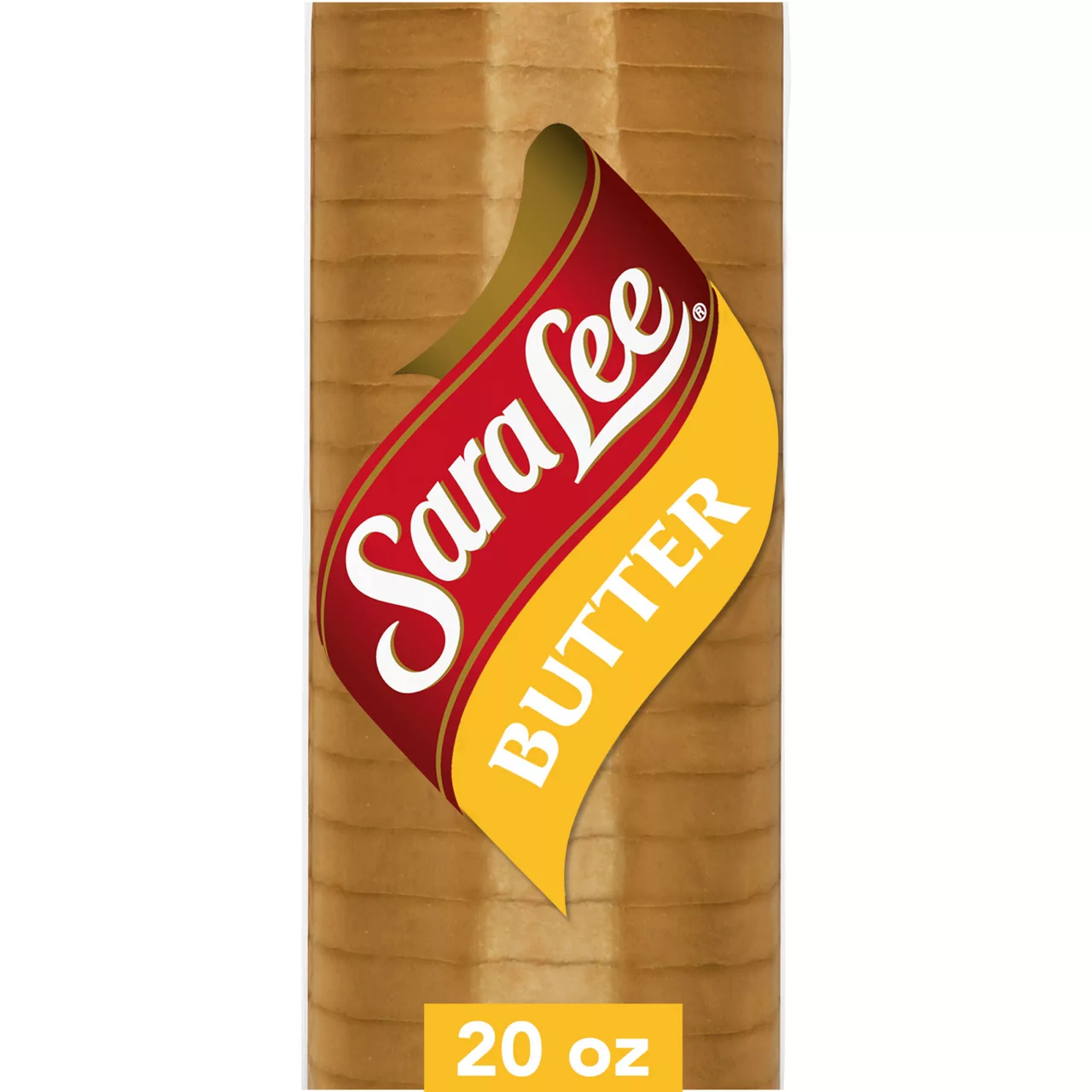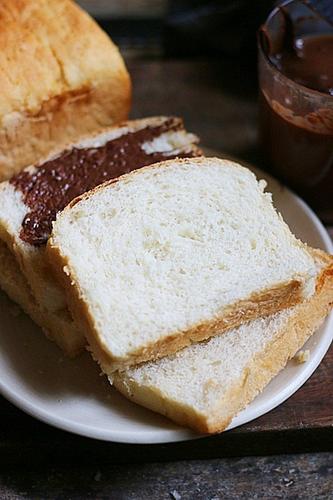White Bread
White bread is a staple food product made from wheat flour that has undergone refining and bleaching processes, resulting in its characteristic light color and soft texture. It is widely consumed around the world for its versatility and affordability, and is often used to prepare sandwiches, toast, and breadcrumbs as well as being served alongside meals as a complement to other dishes.
Although often criticized for its lower nutritional value compared to whole wheat and multigrain options, white bread is still a source of carbohydrates and some essential nutrients, such as iron and thiamine, often added back through fortification. It is a convenient and popular option for households but should be consumed in moderation as part of a balanced diet.
77%
CARBS
4%
FAT
19%
PROTEIN
Featured Articles
2,713 White Bread Products
Wegmans Giant White Bread
Pepperidge Farm Farmhouse Hearty White Bread
Sara Lee Artesano Original White Pre-sliced Bread
Great Value Bread Enriched White Sandwich
Great Value White Round Top Bread
Nature's Own Bread, Enriched, Butterbread
Wonder Bread, Classic White
Nature's Own Butterbread Sliced White Bread Loaf
Schmidt's Old Tyme 647 Sliced White Bread
Sara Lee Butter Bread
16 Recipes for White Bread
Used In 70 Recipes
3
Crispy Cinnamon Sausage Roll-Ups
2
Cheesy Beef Melt Sandwich
7
Choco-Hazelnut French Toast Twists
1
Savory Mexican Meatballs
3
Tantalizing Tender Meatballs
5
Ultimate Breakfast Grilled Cheese Sandwich
2
Blueberry Bliss French Toast Casserole
3
Cinnamon Swirl French Toast Roll-Ups
White Bread Is Frequently Used With
White Bread FAQ
White bread, loved for its soft texture and light color, can often bring up questions concerning its best uses in dishes, suitability for certain diets, and preparation in home-made versions. It's not unusual to find people struggling with baking their white bread at home, unsure why the results aren't as fluffy as store-bought bread. Over-kneading the dough is one common mistake, as it can lead to a denser consistency. To get the most out of your white bread, consider using it in various dishes, not just sandwiches and toast. Bread pudding, French toast, or even as a thickener for sauces, can showcase this pantry staple in a different light. One little-known tip is to use stale white bread to clean up tiny broken pieces of glass. Just gently press the bread slice over the area, and it will pick up the shards easily.
Can I make white bread at home?
Why does my homemade bread have a dense, heavy texture?
Is white bread bad for you?
Does white bread contain animal products?
Can white bread be used in recipes apart from making sandwiches?
Why is my white bread crust too hard?
Why is there a strong yeast smell in my homemade bread?
How do I make my bread lighter and fluffier?
Does white bread have gluten?
Can I use white bread for weight loss?
Expiration & Storage Tips
When does white bread expire?
An unopened packaged of white bread generally stays fresh for 5-7 days past its printed 'Best By' date if kept at room temperature. Once the package is opened, the bread generally lasts another 5-7 days. Freezing is a common practice for bread and can extend its life by 3 months or more, just ensure you defrost it properly so it doesn't become stale.
How do you tell if white bread is bad?
Signs of spoiled bread are easy to spot. Mold is the most common indication, often appearing as green, blue or black spots. Sometimes it could be white too. Discard the whole loaf if you spot any mold. Hardening or a stale smell can also indicate the bread is no longer fresh. However, this doesn't mean it's unsafe to eat, merely less appetizing. Always trust your senses when unsure.
Tips for storing white bread to extend shelf life
• Store bread at room temperature in its original packaging as most bags are designed to help maintain freshness. Keep it in a dark and cool place, but not in the fridge as it causes the bread to dry out faster.
• If you won't eat the bread within a week, consider freezing it. Wrap slices in plastic wrap or place them in a Ziploc bag before freezing to prevent freezer burn.
• To defrost, simply leave it at room temperature or use a microwave's defrost setting. You may also toast frozen bread directly.
• Homemade white bread often lacks preservatives found in store-bought bread, so it's likely to mold faster. Best eat it within 2-3 days or freeze it.
EXPIRES WITHIN
11 - 29
DAYS
Equivalents
Substitutes

Gluten Free Sourdough Bread

Sourdough Bread

Gluten Free Bread

Oat Bread

Thick Sliced White Bread
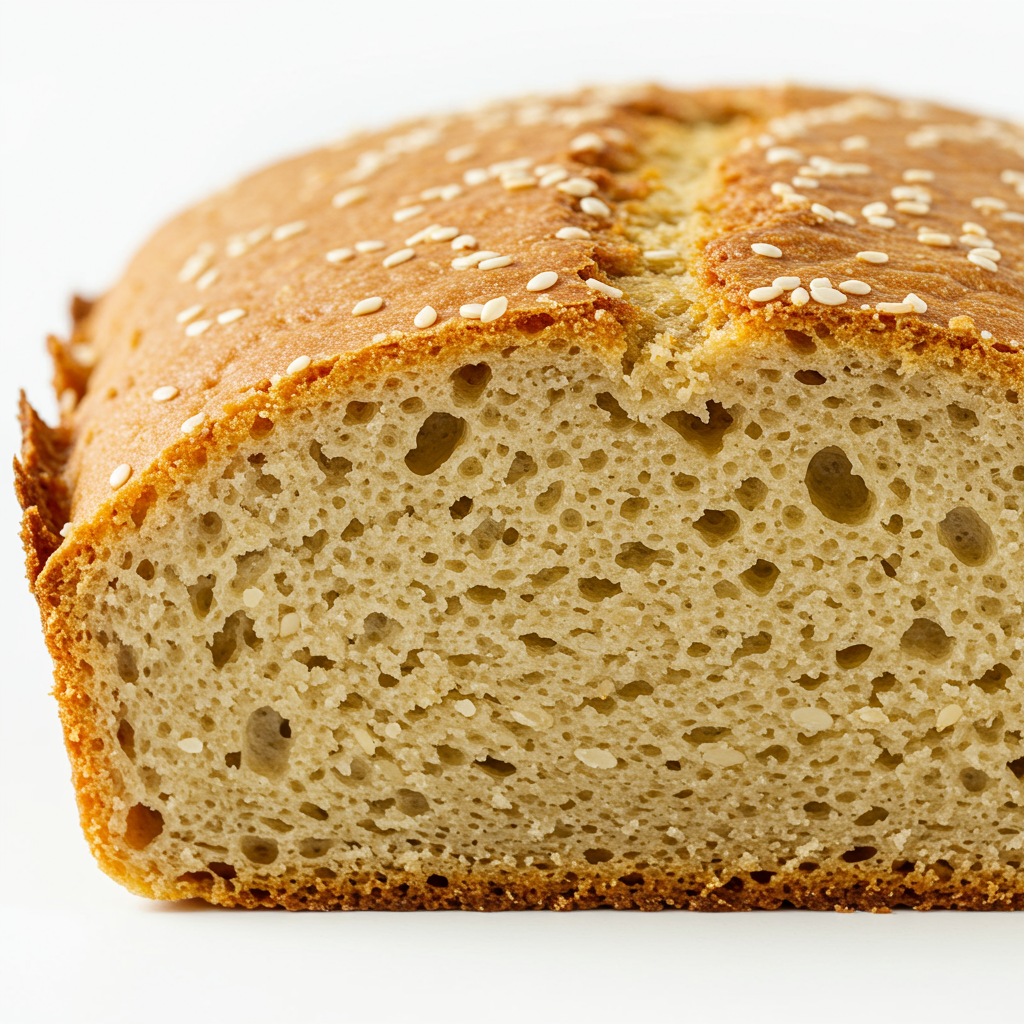
Keto Bread

Potato Bread

Multigrain Sourdough Bread

Sesame Bread

Wheat Bread
See All
Health Info
Macros
12g
CARBS
0g
FAT
2g
PROTEIN
Allowed on these diets
LOW FAT
HIGH CALCIUM
VEGETARIAN
VEGAN
LACTOSE FREE
Contains these allergens
WHEAT

